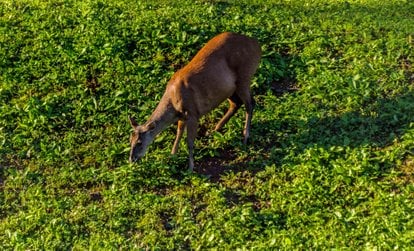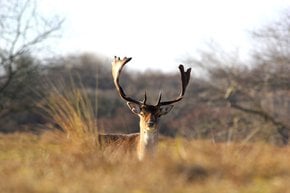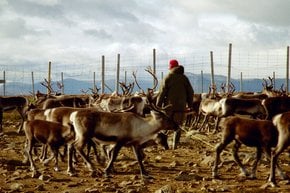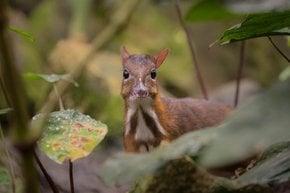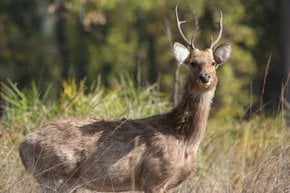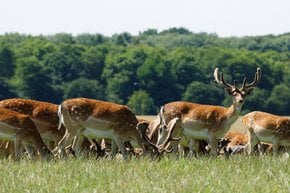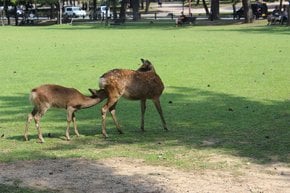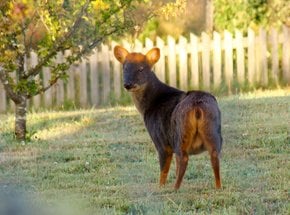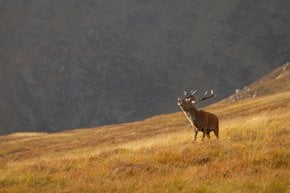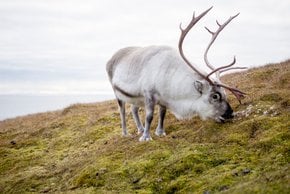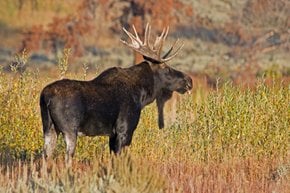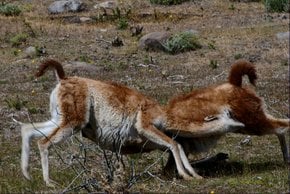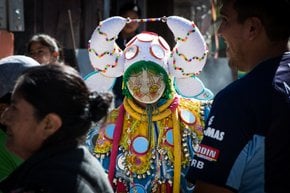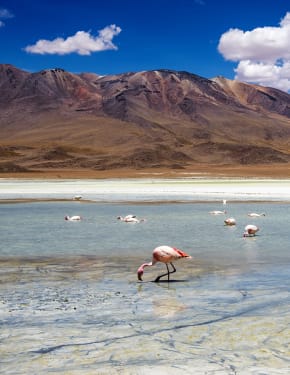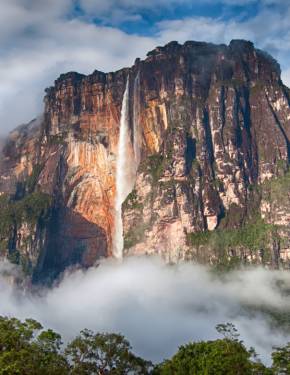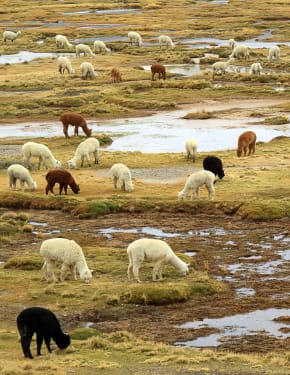Pampas Deer in Argentina 2026
Watch these tender animals lying in the sun in the morning, bathing in rivers, or hiding in high grass, but don't scare them away
Best time: September–November
Pampas deer is endemic to South America. Its habitation embraces savannah, wetlands, and grasslands. Pampas deer inhabit various parts of Argentina, including northern, western, and central regions. San Luis Province is home to the most numerous population.
This elegant animal has a short, smooth coat, yellowish-brown above and a bit lighter below. There is a bright spot on the lips, and exactly the same on the throat. Despite their elegance, males are distinguished by a strong garlic odour which is secreted from its inter-hoof glands. Biologically interesting is that males are neither monogamous nor do they possess harems.
The mating season runs in summer (December through February). The peak of fawn births comes in spring. September–November are considered the best months to spot these animals in small groups of 2-6 individuals. In cases of abundant food, they form herds. In fact, fawns stay with their mothers throughout the year. You may recognize the young by spots on its fur. These markings disappear in two months after birth. When the animals feel threatened they hide low in the foliage, so try not to scare them away.

